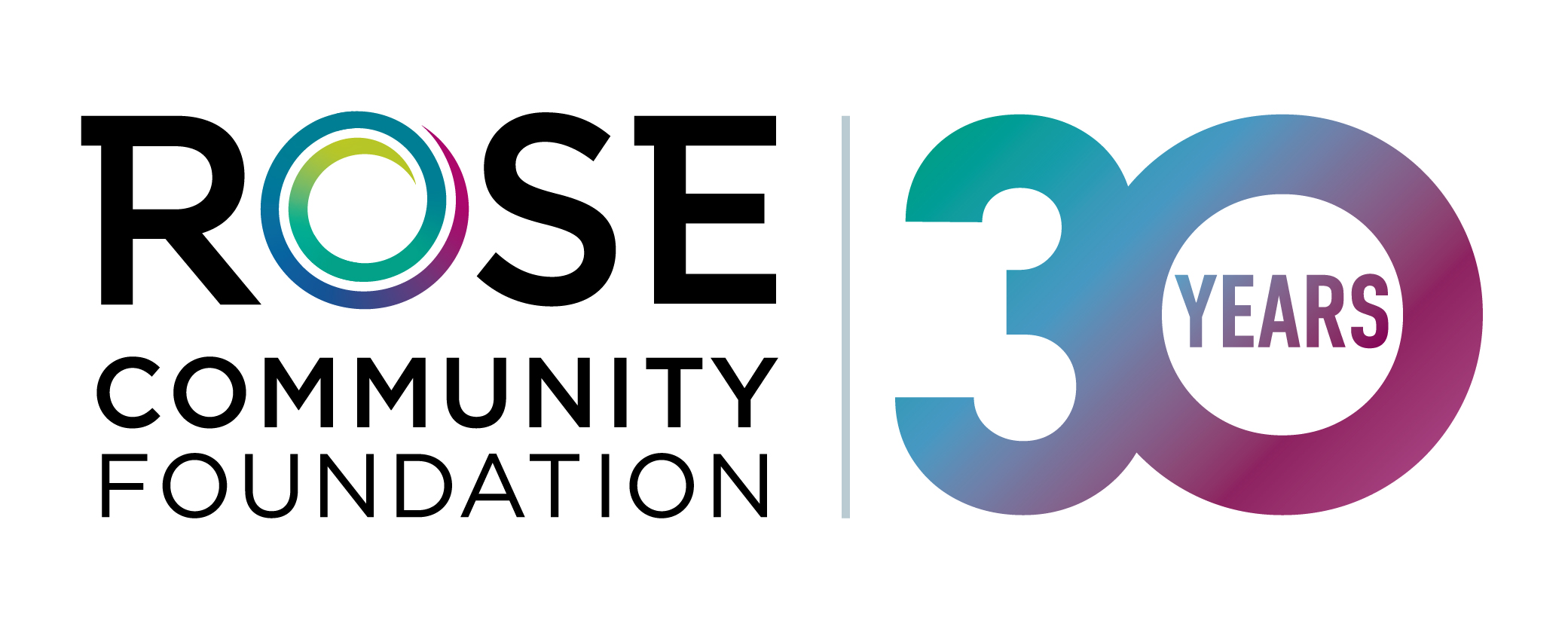In a series of posts on the Center for Effective Philanthropy blog, leaders from eight foundations shared — in their own words — the most important changes they have made at their foundation since 2020 that they plan to sustain going forward. Read the full series here.
Timing is everything. In January 2020, Rose Community Foundation — with new executive leadership and an eager board and staff — unveiled its first new strategic plan since the Foundation’s creation 25 years prior. We intended to pause our grantmaking for at least two quarters to operationalize the new plan. Less than two months later, COVID-19 shut down the world, and we could not sit on the sidelines.
Crises are not without opportunities. While many of the changes we’ve made were envisioned by our new plan, the crises of the past two years greatly accelerated our rate of change. We were able to shed longstanding practices that no longer served us or our community and lean into our new commitments and aspirations more quickly, deeply, and flexibly than we had imagined possible.
We had already committed to shifting from a knowing organization to a learning organization, and COVID required us to quickly immerse ourselves in learning a landscape replete with new terminology, new concerns, and new partners. Propelled by the pandemic’s disparate impacts on communities of color — as well as the nationwide dialogue on racial justice following George Floyd’s murder — we embarked on a series of 50+ “listening and learning” conversations with BIPOC-led and-serving grassroots organizations, which ultimately culminated in new learnings, new relationships, and new grantees.
Our strategic plan aimed to dismantle our longstanding grantmaking silos and rearrange our work in pursuit of equity/justice and inclusion/engagement, and the events of the past two years accelerated this evolution. Pre-2020 data showed that our region’s prosperity was not experienced equitably, with vast disparities occurring along racial, gender, and geographic lines. COVID-19 shone a bright light on those disparities — and exacerbated them — across a wide range of issues. We prioritized populations most disparately impacted by the pandemic and racial injustice in our community grantmaking while expanding our investments in the policy and advocacy arena.
We had already declared inclusion to be one of our core values and strategic goals, and the crises combined with intentionality and technology to transform the way nonprofit organizations interact with us. Wanting to lower the barriers of access and open the door to relevant new organizations, we launched the Foundation’s first large-scale open RFP — accelerating our pivot toward competitive, open, and transparent grant cycles that allow us to better understand and impact the ecosystems in which we are funding.
Colorado foundations collaborate often, but the pandemic amplified that partnership ethos even more. Numerous pooled funds targeting specific populations or issues emerged at multiple foundations, and we supported nearly every one. We also partnered with The Denver Foundation and Community First Foundation to launch a zero-interest Metro Denver Nonprofit Loan Fund prioritizing BIPOC-led/serving nonprofits, who — as a group — had not fared well in the federal pandemic emergency loan program or, historically, in the commercial banking markets. And we are now partnering with Governor Jared Polis to house the Colorado Afghan Evacuee Support Fund to raise and deploy philanthropic resources to the organizations assisting local Afghan evacuees.
As a community foundation, an important component of our partnership landscape is our donor-advised fundholders. While our DAFs have always been highly active, the crises of the past two years provided unprecedented opportunities to activate these donor partnerships even more — from hosting frequent webinars and virtual panels to invitations to leverage their philanthropy by supporting our COVID response and racial justice pooled funds to opportunities to review grant applications curated to align with their interests and the community’s urgent needs.
The strength of a strategic plan is tested by how it informs and performs in times of rapid change and unanticipated needs. External events forced us to build our new plane while flying it, but also provided the tailwinds to propel us to our intended destinations faster.

